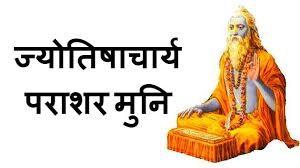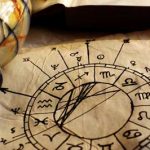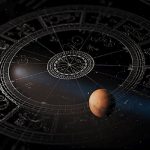In India, we do not have a specific format of astrology, though all have their roots in Vedic Astrology. Sages of Indian Vedic history were full of knowledge and enlightenment. They could read stars, the position of planets, and the movement of zodiac signs. But they had different styles of interpreting the universe. Two of these major saints were Sage Parashara and Sage Jaimini. They founded two different thoughts of astrology – Parashri Jothishi and Jaimini Jothishi respectively.
What is Parashri Jothishi?
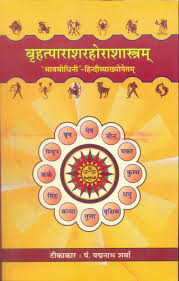
There are seven types of Hora Skanda or predictive astrology followed in India, out of which Parashri Jothishi is the most popular. It is the form of astrology propounded by Rishi Parashara, the details of which is present in Brihat Parashara Hora Shastra. Moreover, he is also considered the father of astrology.
The basic premise of the theory is that planets aspects the houses in the horoscope. Planets are the centr of this theory. Since it believes in the power and energy of planets more than Rashi( or signs) it is used predominantly by astrologers all over the world. Despite this, Jaimimi astrology, propounded by Rishi Jaimini has also gathered enormous popularity because of its bent towards Rashi as the primary element.
Principles of Parashri Jothishi
The basic principle of Parashri are:
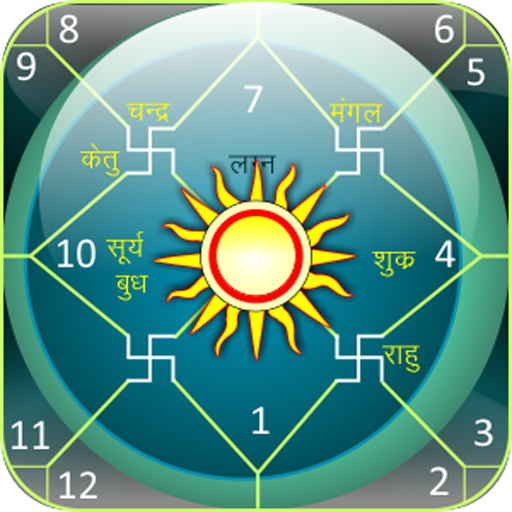
- Planets aspects the house that is seven houses away from itself
- Mars aspects the 4th house from itself
- Jupiter aspect the house that five and nine houses away from itself
- Saturn aspects 3rd and 10th houses from itself
- Rahu and Ketu have no aspects
Parashri Jothishi asserts that planets are the Karakas in the houses. Therefore, they have their own natural Karaka features. The characteristics of each planet influence the events in a house. The natural karakas of planets are:
- Sun: Self
- Moon: Mother
- Mars: Siblings
- Mercury: Blood Relatives
- Jupiter: Children
- Venus: Spouse
- Saturn: Servants
Rahu: Paternal Grandparents - Ketu: Maternal Grandparents
In addition, the Chara Karakas( first seven Karakas) are determined by the longitude of the planets. The planets with the highest longitude become the Atmakarka, the 2nd longest longitude planet becomes Amatyakaraka, the 3rd largest one is Bhratrakaraka. In the same way, the 4th becomes Matrakaraka, 5th is Putrakaraka, 6th planet with the longest longitude becomes Gyatikaraka, and the one with the smallest longitude is Darakaraka.
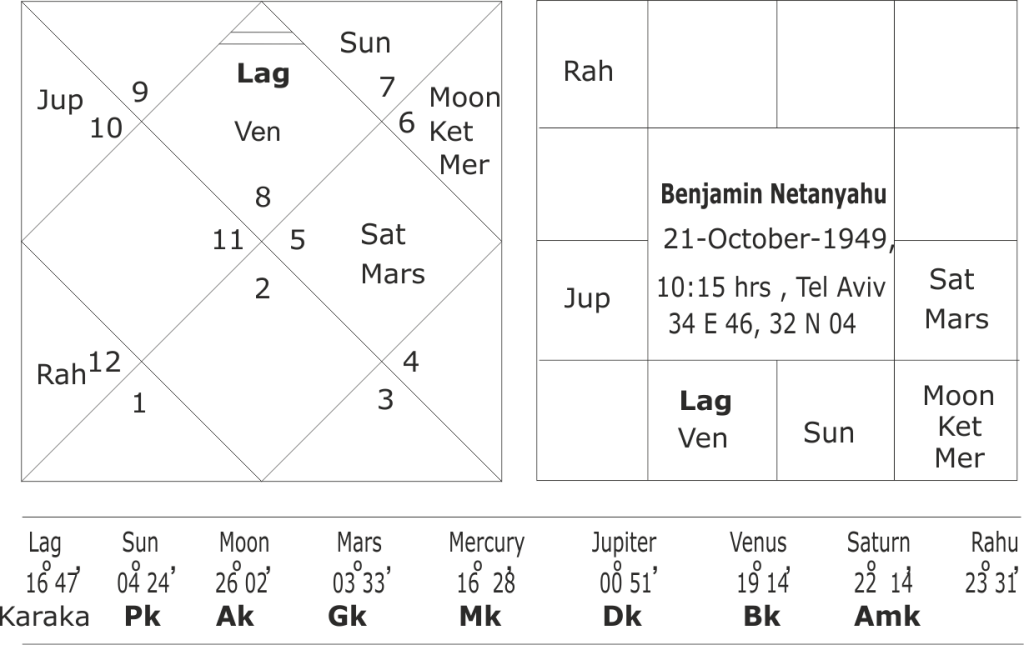
Vimshottari Dasa System
According to Parashi Jothishi, the Vimshotthari Dasa system suits the best for human life. According, to Vimshottari all planets have Mahadasha for a fixed period of time. Hence, it takes a total of 120 years for each one to complete their Dasha. In fact, Rishi Parasara has laid down that human beings will also survive for 120 years in the Kali Yuga. Therefore, they will have to face adversaries and the benefits of all planets in their life span. Hence, Vimshottari is justified.
In fact, the cycle of Vimshottari Dasha is described in Hora Shastra. According to it, Ketu Mahadasa runs for 7 years, Venus has 20 years, Sun has 6 years, the moon has 10 years, Mars has 7 years, Rahu has 18 years, Jupiter has 16 years, Saturn has 19 years, and Mercury has 17 years. In total their influence will cover 120 years of human life.
Vimshottari Dasha’s cycle is like a calendar of your life’s events. Whether the Mahadasha is auspicious or inauspicious for you depends upon several factors like the position of that planet in your birth chart, and whether it’s malefic or benefic. This duration of planets influences the direction of the events in your life. Besides, you don’t get the results because of the influence of a single planet only, the actual results depend upon Antardasa. In addition, Vimshottari or Mahadasha of each planet has Antardasas of each nine planets too, following the same sequence of planets.
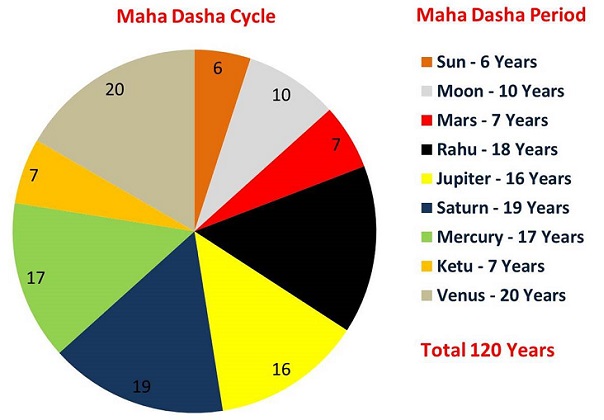
Laghu Parashar
Laghu means “little” and Parashri refers to the system of astrology mentioned in the Bṛhat Parasara Hora Shastra, written by Rishi Parashara consisting of over 100 chapters. It is also known as Jataka Chandrika.
The Laghu Parashri has five chapters consisting of 42 verses. The writing style is similar to Hora Shastra. Besides, it has small shlokas. It is a summarization of all predictive principles present in the larger textbook. Hence, it is easier to follow and remember. In fact, the verses in the text provide a methodology for the use of the Vimshottari Dasha for making accurate predictions.




